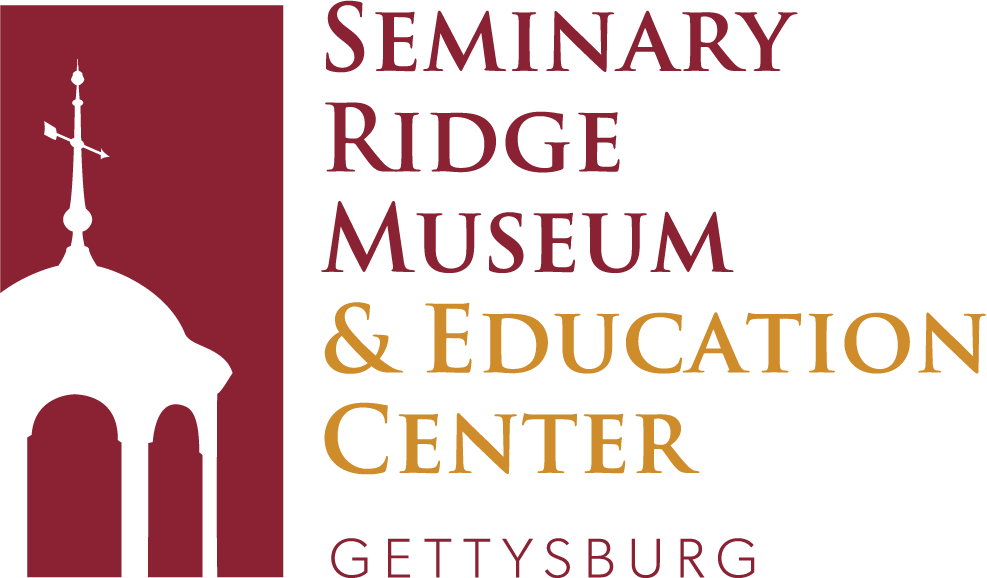New Digital Education Initiative Launched at Seminary Ridge Museum and Education Center
For the past seven years, the spring season in Gettysburg has meant welcoming thousands of students through the doors of Seminary Ridge Museum and Education Center. Opened in 2013, the museum is housed in a building that has stood sentinel in Gettysburg for almost two centuries and was central to the fighting on the first day of the Battle of Gettysburg. During and for months following the battle, the structure served as a place of healing and sorrow for the wounded. Most importantly, though, the building was a place of learning that witnessed debates over slavery and the meaning of freedom in America in the decades leading up to the outbreak of hostilities. Exhibits that focus on these themes, coupled with a distinct sense of place, have made Seminary Ridge Museum and Education Center an unparalleled spot for students to experience American History and apply their learning to the present.
Our popular Civil War Signal Program
New Education Center
The Lydia Ziegler Clare Education Center
Throughout 2018 and 2019, Seminary Ridge Museum and Education Center staff recognized the important need to share our unique historical and educational perspective outside the four walls of the building. Why limit our reach only to students who can visit Gettysburg? In late 2019, we began the process of transforming one of the rooms in the museum into the Lydia Ziegler Clare Education Center, named in honor of 13-year old Lydia Ziegler Clare, who lived in the Seminary building during the battle. In addition to space for on-site classes, a major aspect of this new center has been to include the latest hardware and software to conduct virtual programs with groups all over the country.
Digital Lessons
In spring 2020, museum historians and educators began developing digital lessons for middle and high school students and distributing them for free. These activities have helped students, learning from home during the COVID-19 shutdown, discover the meaning and legacy of the Gettysburg Address, trace the route of an escaping enslaved person to freedom, and follow a wounded soldier through the Seminary Hospital. One teacher remarked, “Thank you so much for these great lessons during this online learning phase...they have proved to be very effective in delivering important aspects of my curriculum...they have been a great resource and I really appreciate it.”
Executive Director Pete Miele and Operations Manager Codie Eash present a virtual program from the Cupola of Seminary Ridge Museum and Education Center
As we enter the fall and beyond, museum staff are engaging in two major projects to continue the work of bringing the message of the museum into classrooms near and far. First, we have a robust outline of resources to write, design, and distribute to schools. These new lessons will, among other things, use the first day of the Battle of Gettysburg to teach math, examine the roots of racism, and analyze Lyndon Johnson’s 1963 Gettysburg Memorial Day speech. Simultaneously, we are beginning work on a virtual museum tour. Now, anyone with an internet connection will be able to “walk” through the exhibits, explore artifacts and images, and watch videos from the museum’s historians and educators. These resources will go live in late 2020 and early 2021.
As we embark on this exciting new journey, we look forward to partnering with educators across the country to help build students’ understanding of American history. If you are looking for specific resources or advice, please do not hesitate to reach out.
We hope to see you (virtually) on the Ridge soon!



